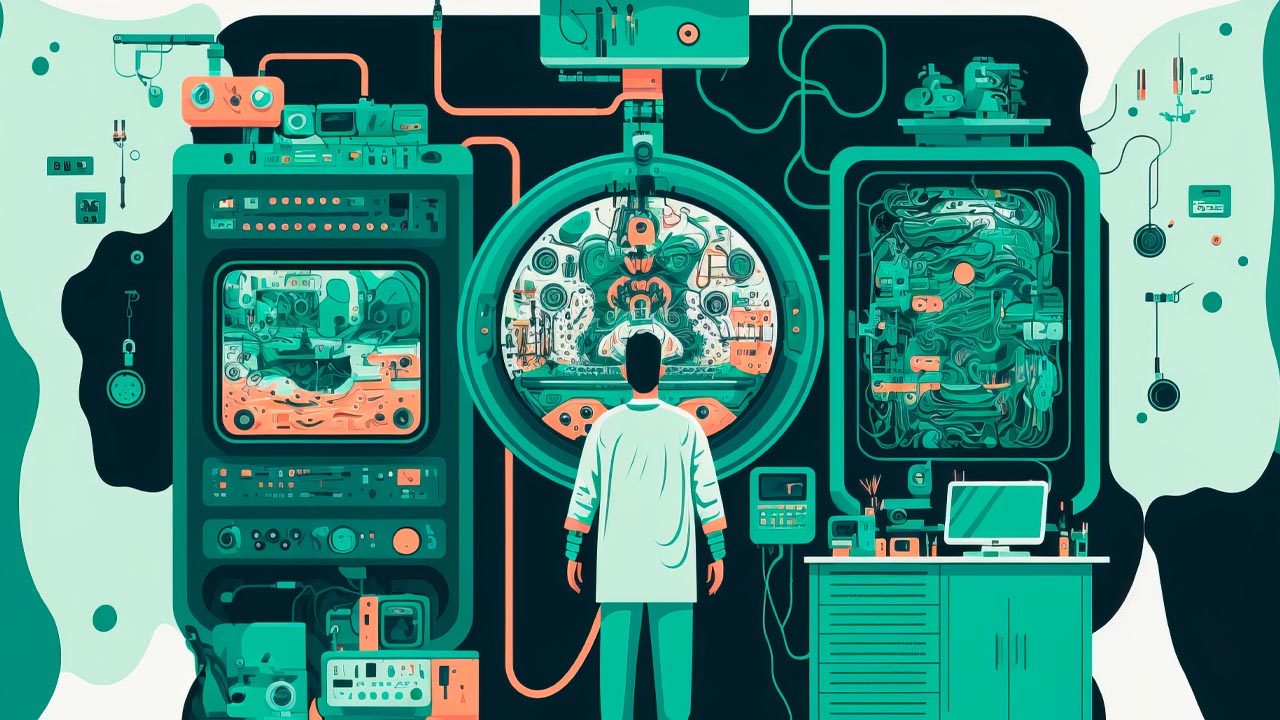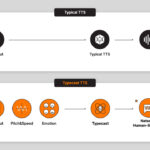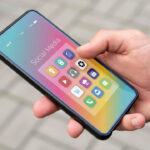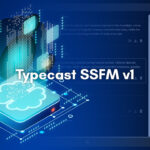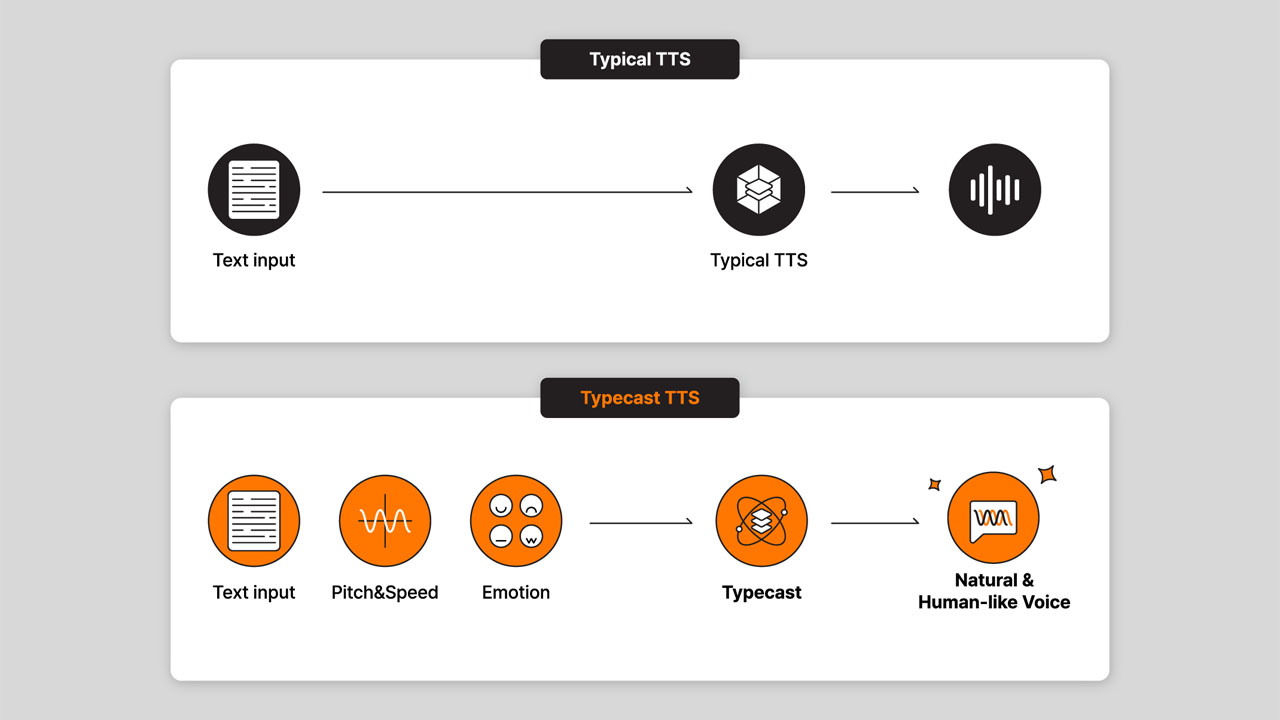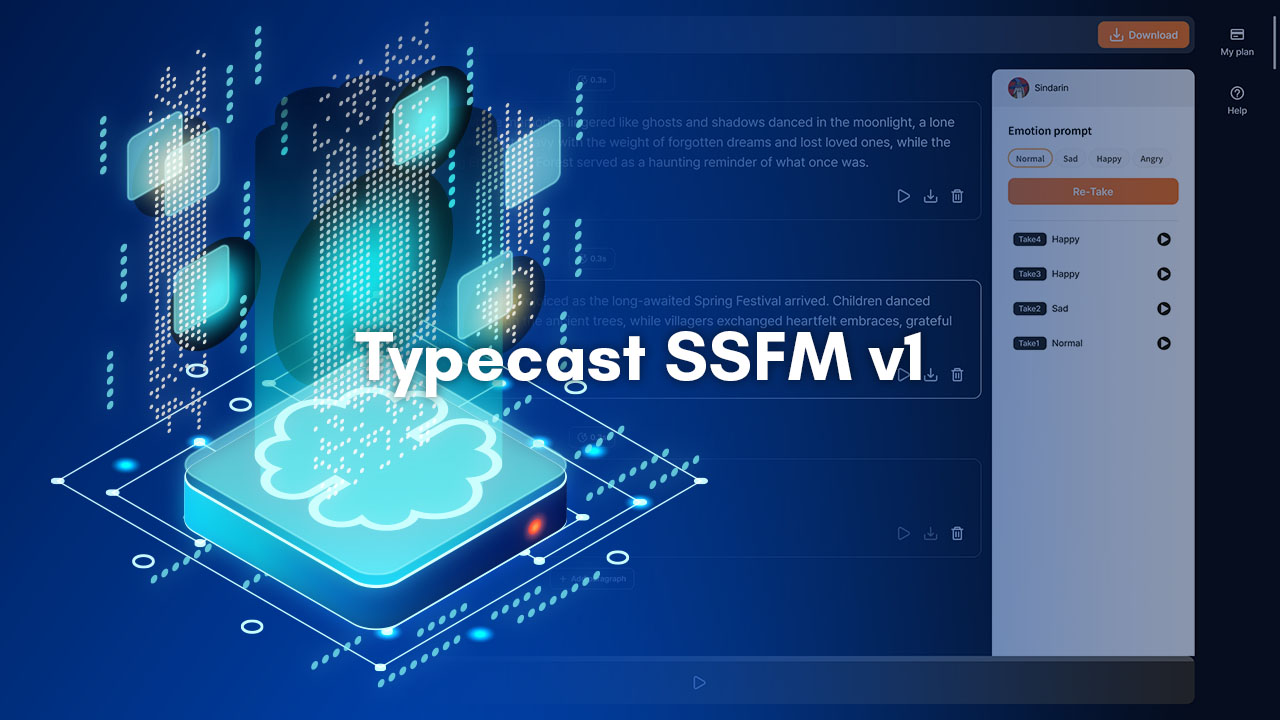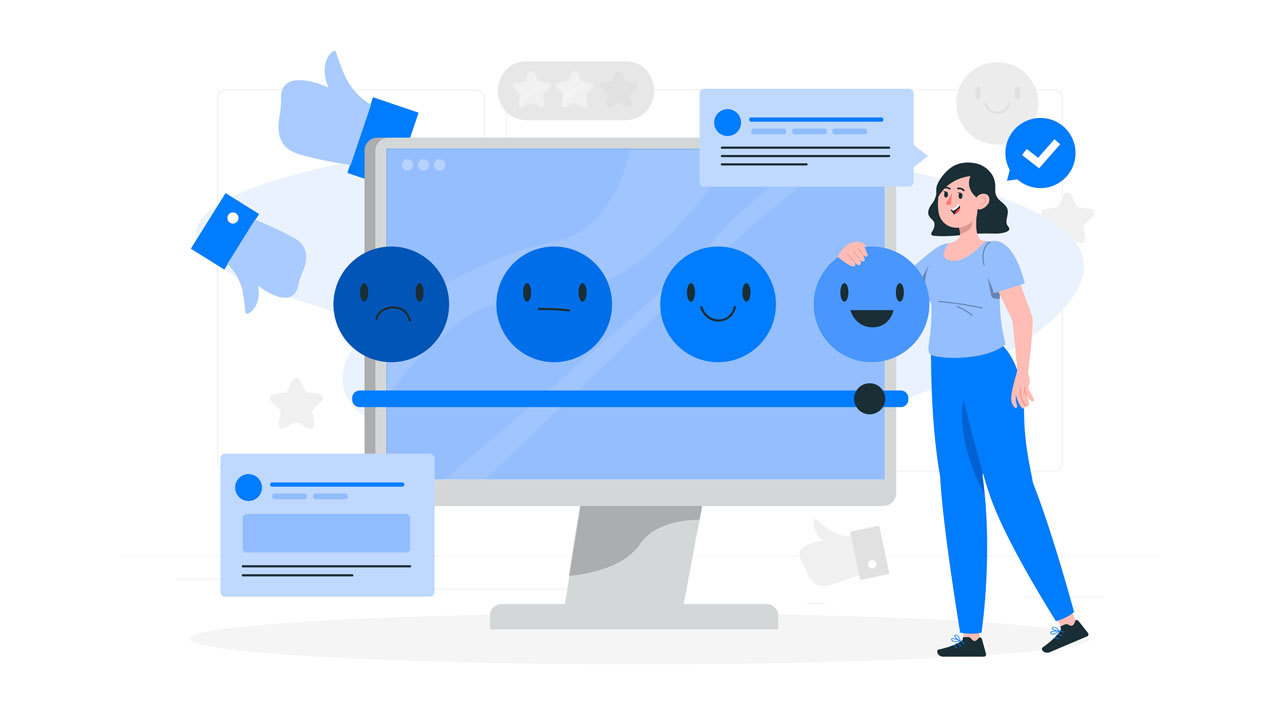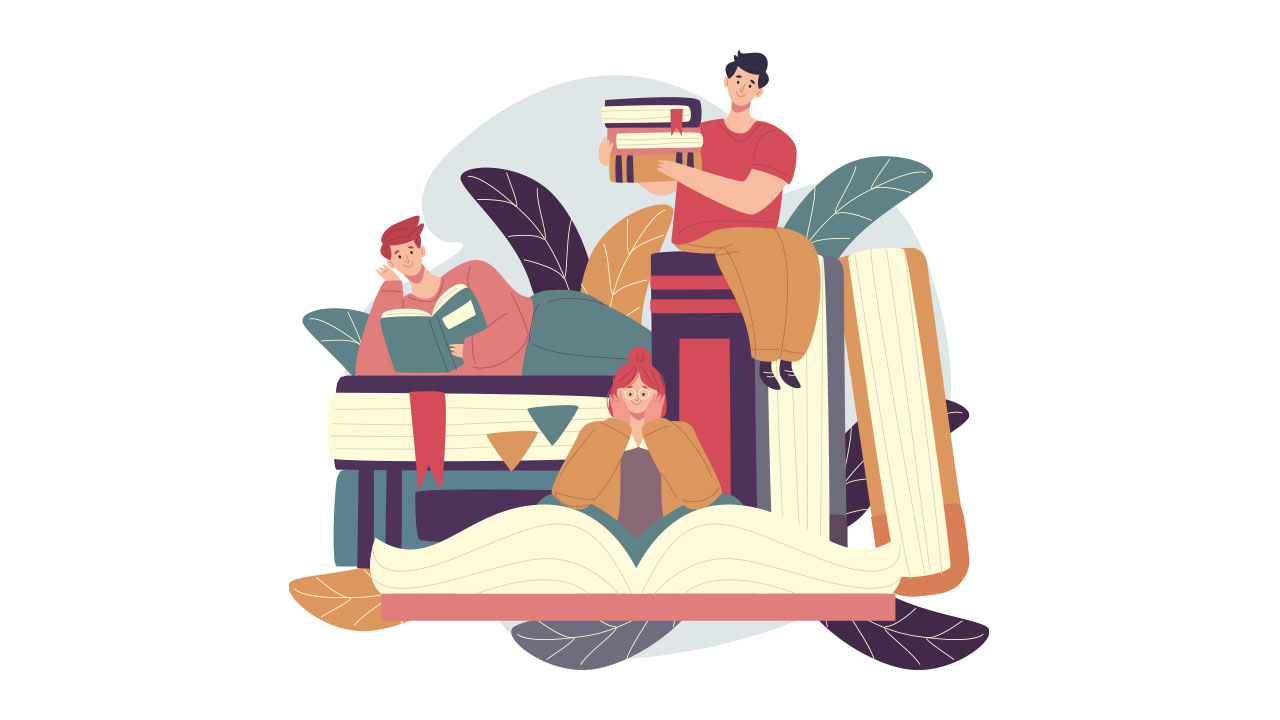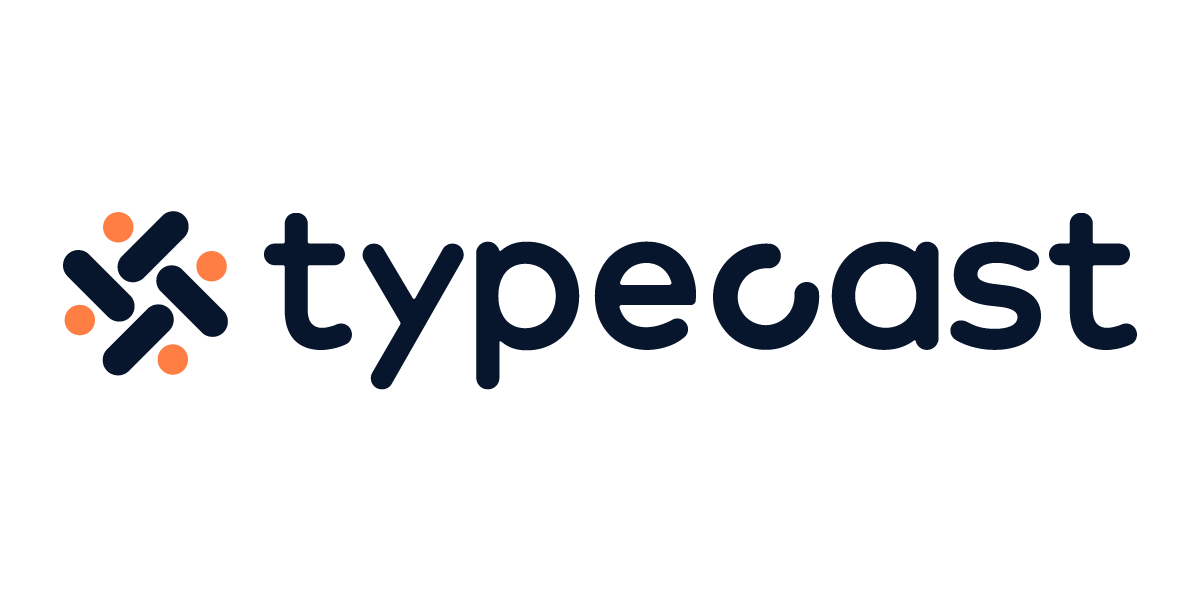AI potentially replacing humans in all industries is a valid concern, but it’s uncertain if an AI artist can fully replace human creativity in art. As we’ve seen with other sectors, AI and machine learning tools can often, but not always, keep up with the standards set by authoritative organizations. Art has value in many ways, but in part due to human creation, and while AI art is innovative and often gives us our desired outcome, it raises some reasonable ethical concerns.
Lensa AI, a photo editing tool by Prisma Labs, recently gained popularity on TikTok and other apps, reaching almost 1 million users in a short period. Launched in 2018, it went viral with its “Magic Avatars” feature, creating portraits from 10 user photos using the convolutional neural network Stable Diffusion. Stable Diffusion, the AI image synthesis model, is currently dealing with its controversy by allowing artists to opt out or remove their work from the training dataset for the 3.0 release.
Thus the central portion of the argument is out in the open; do the abilities of a neural network constitute copyright infringement and theft? Despite the negative connotation, social media is brimming with abstract, photorealistic, or anime-style images created by Lensa AI. Creators use the art to schedule posts on many different platforms to express their ideas.
Stable Diffusion was trained with a dataset of over 2 billion images from websites like Pinterest, Flickr, and Getty Images. The rise of AI-generated images has sparked discussions around ethical issues in artificial intelligence when creating images using models trained with other people’s content.
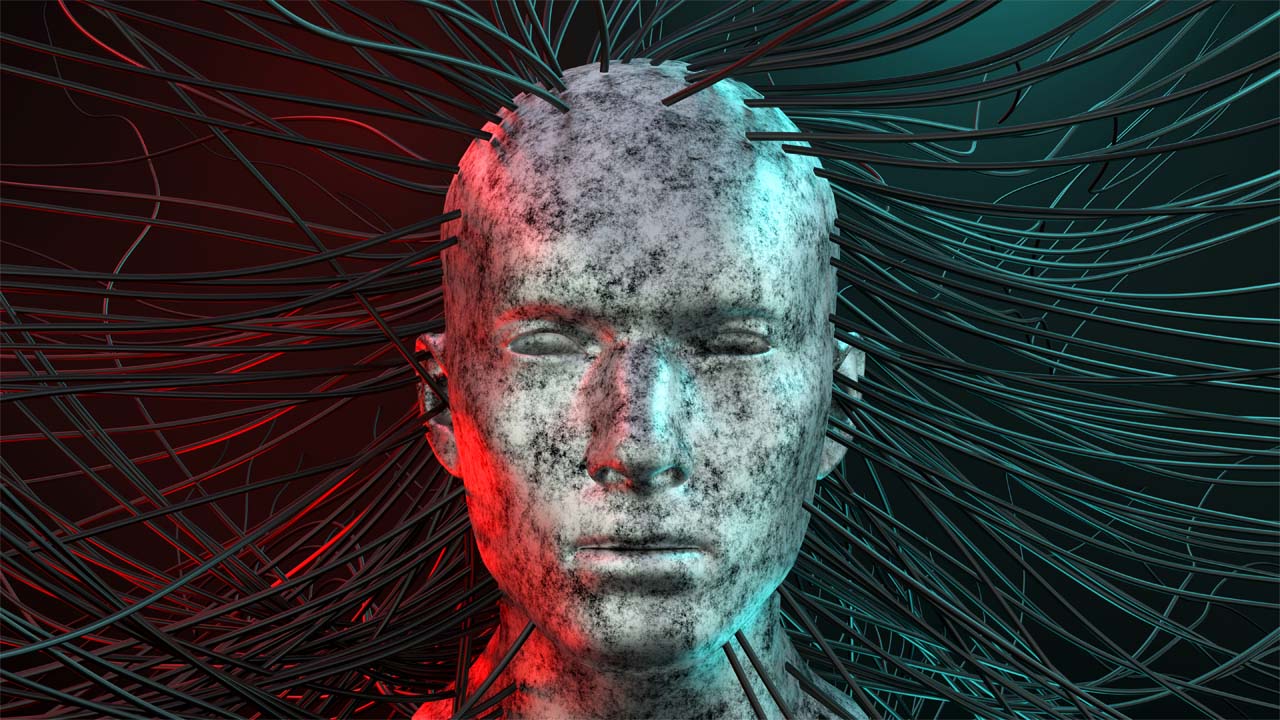
Does an AI artist invalidate human efforts?
Despite backlash from communities worldwide, AI-generated art has reached a significant milestone in its development; it’s won first place in contests like the Colorado State Fair Art Competition. Furthermore, Théâtre D’opéra Spatial by Jason M. Allen was selected for top digital art honors by using only Midjourney to handle his brushstrokes. Midjourney is a Discord-accessible AI program using deep learning technology and text prompts to generate highly realistic graphics in seconds rather than years of skill building and practice.
While some argue it’s unethical for machines to take awards away from human creators, this prize speaks volumes about how far technology can bring us today, leading people to consider what implications such advancements will have on our daily lives. Though the question remains: Do AI Artists invalidate human efforts? Not necessarily, though the answer is far from simple, and its existence doesn’t solve problems as much as it creates them.
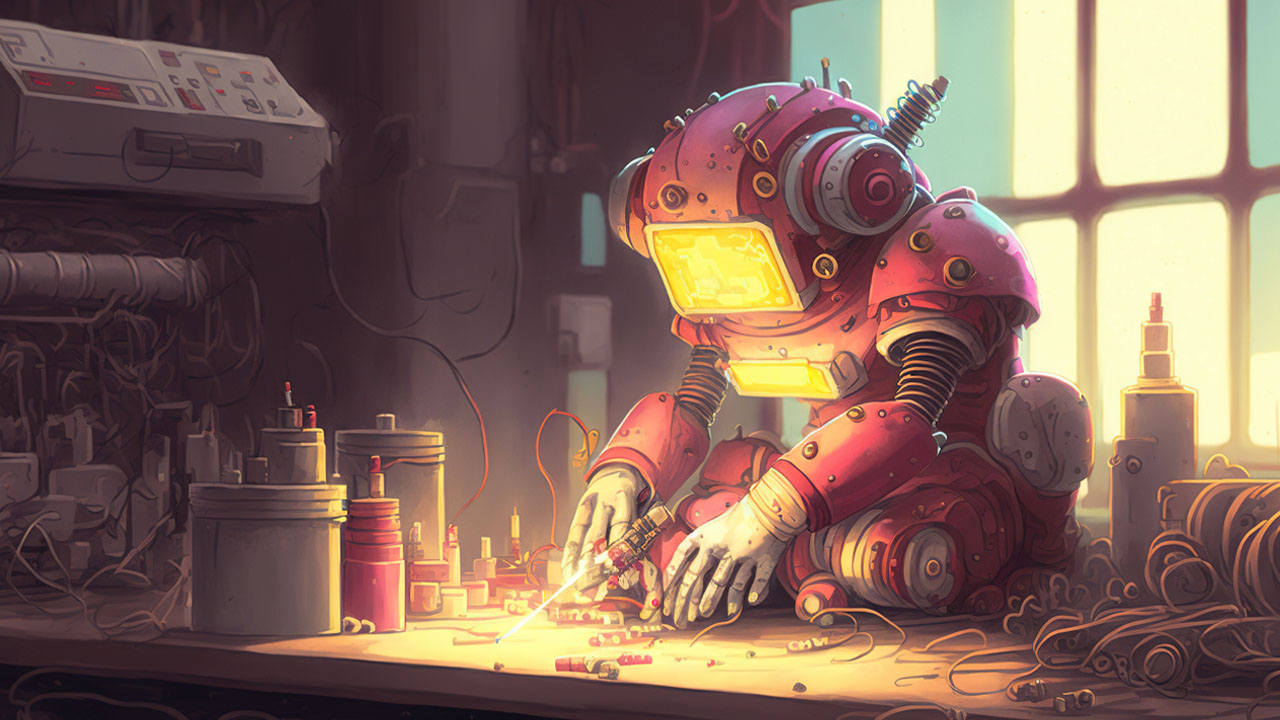
Potential legal issues from using an AI artist
AI-generated art is on the rise, bringing the potential for legal repercussions from those who submit their artwork to these platforms. At the same time, the AI artist uses a training set, like LAION-5B’s dataset, built off Common Crawl’s monthly release of billions of images. These images were scraped from DeviantArt, Pinterest, and other platforms.
In the end, this system establishes a precedent of one system building off another data set, consuming the work of another entity, and turning it into something new. Does that change the perspective or potentially shield AI systems and their creators from legal ramifications? Or does the fact that these models consume the knowledge or work of other content creators to create new things mean they are breaking the law?
OpenAI’s DALL-E systems and Stable Diffusion are two examples of popular AI programs trained to use the dataset of over 5 billion publicly available images. Unfortunately, these datasets also included personal pictures posted online without permission.
As mentioned earlier, Stable Diffusion has clarified that artists can remove their work from the dataset. “Have I Been Trained” allows you to search this database and see if your content exists in such training models. Unfortunately, there isn’t much protection from lawsuits related to unauthorized use by individuals and companies. On the other hand, OpenAI and likely other platforms forbid creating images for propaganda, violence, pornography, or those that violate Deepfake or corporate guidelines.
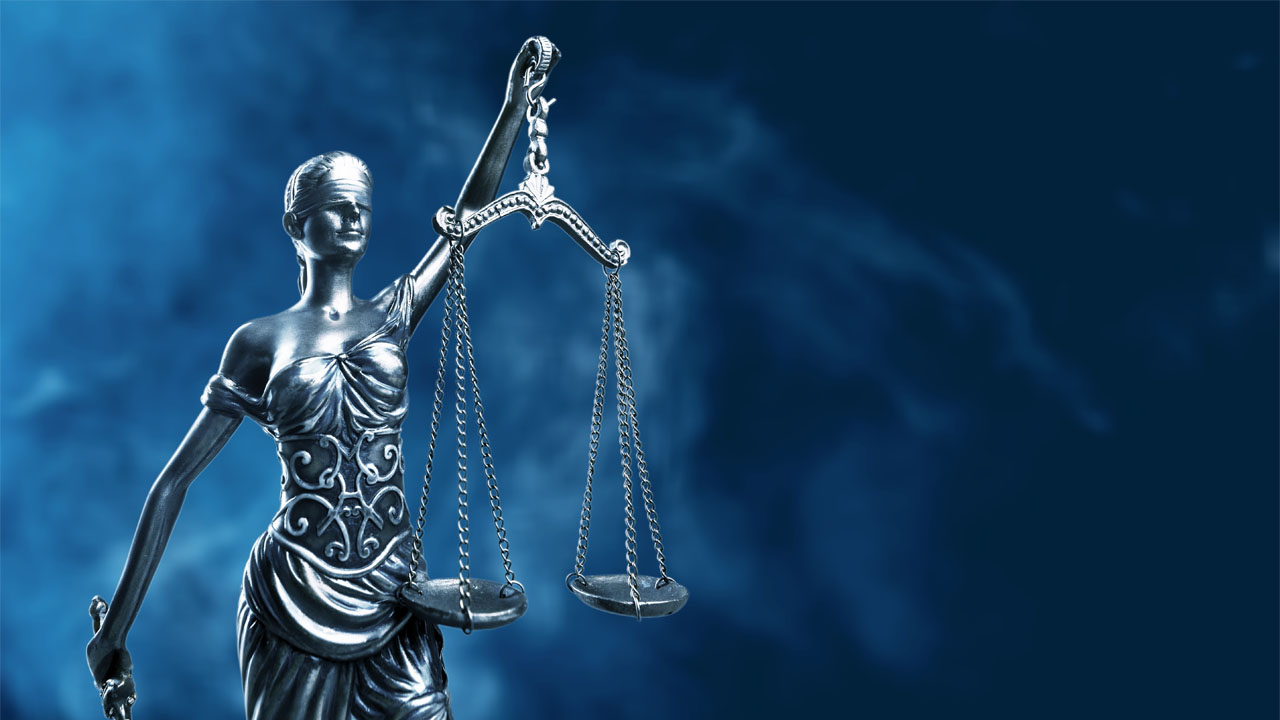
AI-generated art is vulnerable to stereotypical portrayals
In December 2022, the photo and video editing app Lensa’s AI profile picture generator started trending. By uploading 10+ pictures and paying a fee, users can receive over 50 artificially manipulated portraits in 10 styles, known as “Magic Avatars.”
The “Magic Avatars” portraits resemble the user but are surreal and dystopian, featuring unrealistic or exaggerated features. A senior reporter at MIT Technology Review found that 30 of the 100 avatars generated for her were hyper-sexualized. Unfortunately, even the training data fed to AI reflects societal biases and harm marginalized communities.
However, the training images likely weren’t picked by an AI tool, so a more apt explanation would be that AI is vulnerable to stereotypical and societal-based predisposition. Research on a dataset similar to LAION 5B showed it contained images of rape, pornography, harmful stereotypes, and racist and ethnic slurs.
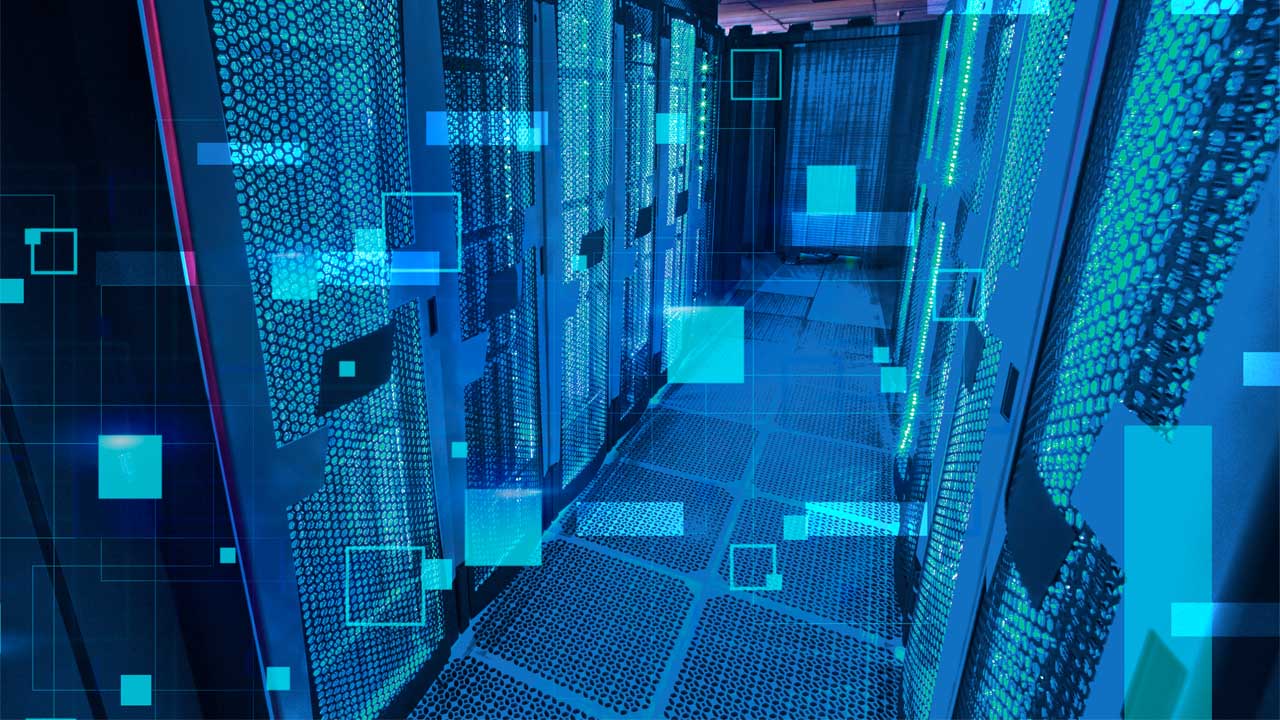
AI art technology is advancing faster than we can ethically use it or create regulations to govern its usage. Improving AI-human relationships is crucial for AI’s evolution, as AI will be integrated into many aspects of human life sooner rather than later. We must establish proper checks and balances to ensure AI’s safe integration.
Mass production overrules human diligence
With the fast expansion of AI technology in digital art, a meaningful conversation is arising around content like “Magic Avatars” and their implications. The discussion will undoubtedly include questions surrounding artist permission when using works to train datasets and potential effects on diversity within the imagery.
Obtaining artist permissions could be a hurdle these companies aren’t prepared to handle, but without further research, this may be the way forward. Without guidance, mass-produced content could damage people of color, women, and other minority groups. We have to ensure these technologies are used responsibly so we can benefit from them without hurting vulnerable communities or violating the law in any way.
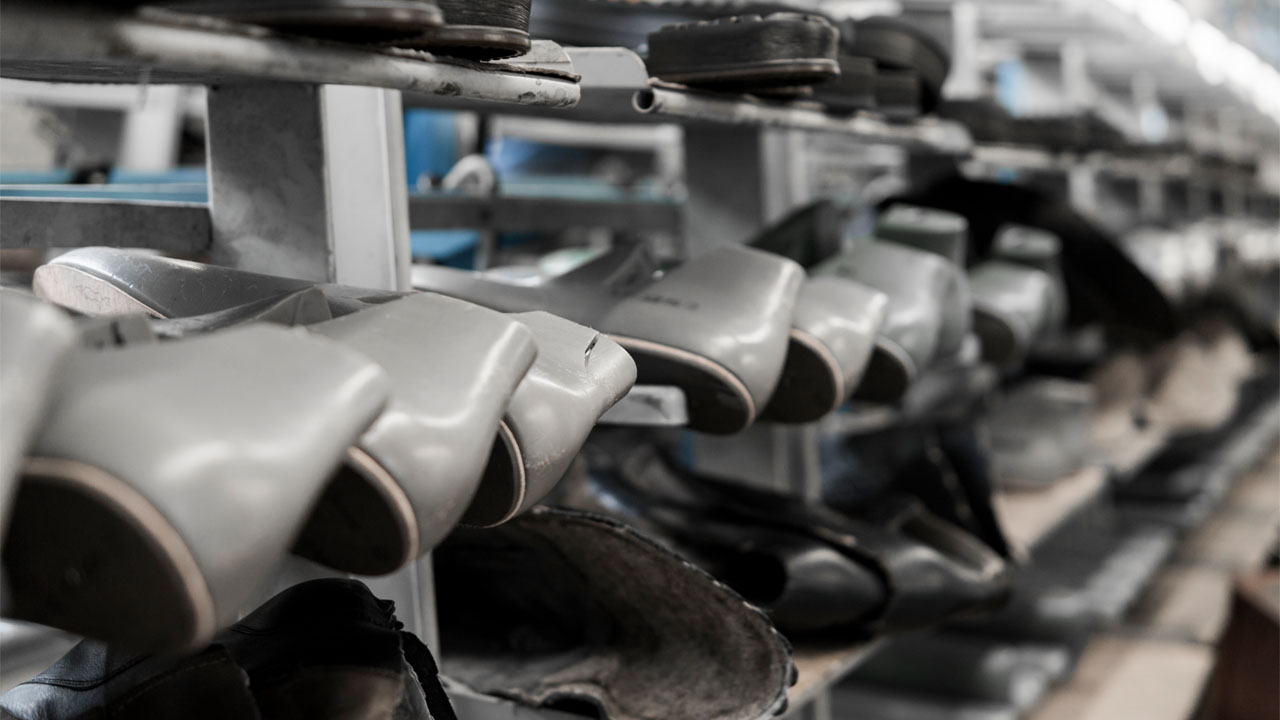
Adverse effects on professionals and successful content creators
Art teacher Ashley LeMay at Dougherty Valley High School in California holds an undergraduate degree in textiles and is proficient in digital art tools such as Adobe Photoshop and Illustrator. Although she loves digital arts, she is wary of AI-generated art; she believes AI lacks creativity and a life experience, opinion, and moral code to process information.
She sees the potential of AI as an “idea generator” for artists in need of inspiration, as AI can access a vast database of images to generate new art. However, the ethics of AI renewing existing images raises concerns about plagiarism and the line between inspiration and copying. Such ethics are brought into the light as anyone using AI-generated art is potentially opening themselves up to legal trouble, eventually. While laws may not appropriately address the state of technology, they will surely catch up sooner rather than later.
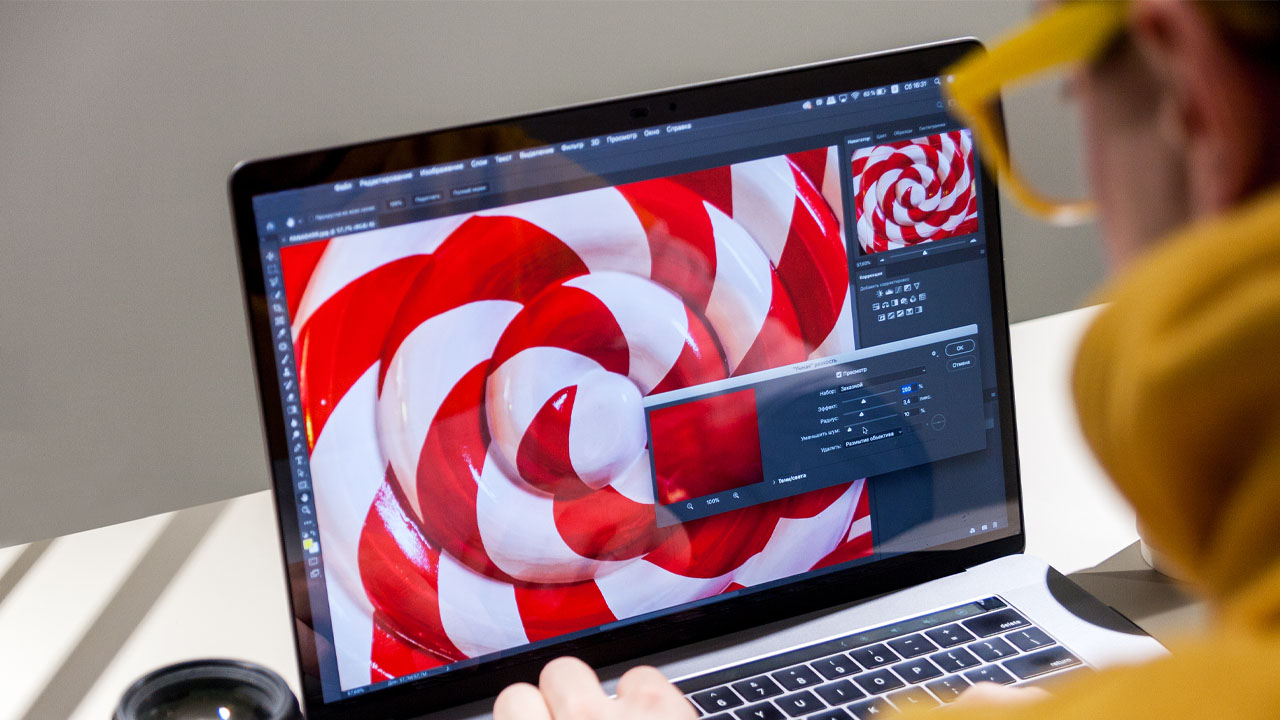
Voila AI artist: A new machine learning renaissance
Technology’s impact on the world around us is remarkable; the same is true about technology’s influence on visual arts. By creating tools such as Voila AI Artist, anyone can take a simple photo and turn it into a fantastic piece of art with effects ranging from 3D cartoons to renaissance paintings. Images like these would be great for a social media post or to use as engaging visual content for a lesson.
Every day people are not only adopting such technology – professional artists increasingly use Voila AI Artist for inspiration and resources when creating content. Even something as mundane as Dungeons & Dragons groups use Voila AI to imbue creativity and vibrancy into their game.
As engagement with visual arts increases, established and emerging artists benefit from this newfound enthusiasm. Technology-created visuals open a realm of creative possibilities that can continue to drive the interests of many in years to come. As more artists accept the technology and partner with it in their everyday lives, they will naturally influence its evolutionary path.
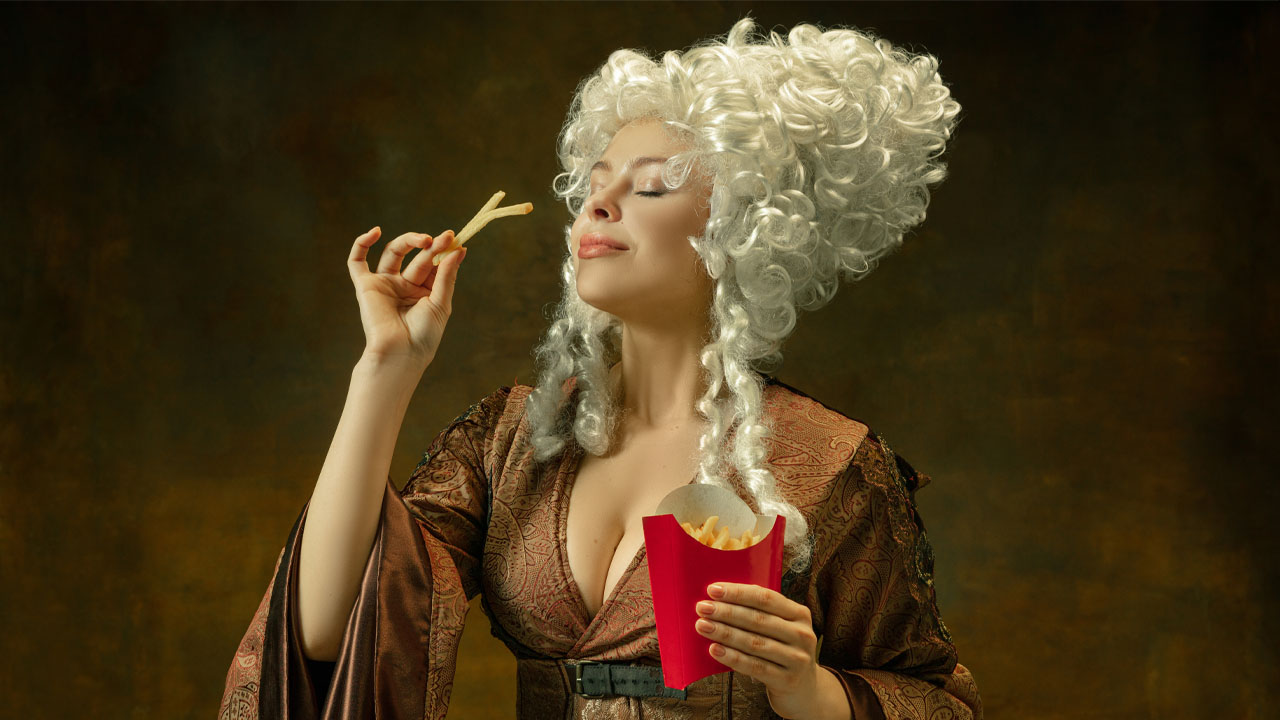
It may be best if artists lead the way in humanity’s continued use of AI-generated art.
Protecting AI technology
A major ethical issue in the use of artificial intelligence is that AI-generated art software has the potential to replace creative work from human artists. Some consider it an irrational fear, while others address the possibility as certainty and choose to act. To prevent this from being taken advantage of, we should establish measures.
One solution is to harness AI for evaluation purposes by having an AI-based program detect when art is generated with an AI program or if a human makes it. Already, two Swiss scientists have designed an algorithm called Art Recognition which can determine the difference between a replica and an original painting, such as La Horde.
Furthermore, measuring the human input that creates these AI images will be necessary soon; the interest in human input in making AI images is relevant in the EU. The UK is one of the handfuls of nations that copyright works solely created by a computer; however, it’s more of a gray area in the United States. They are reviewing a decision the US Copyright Office granted concerning AI-generated art.
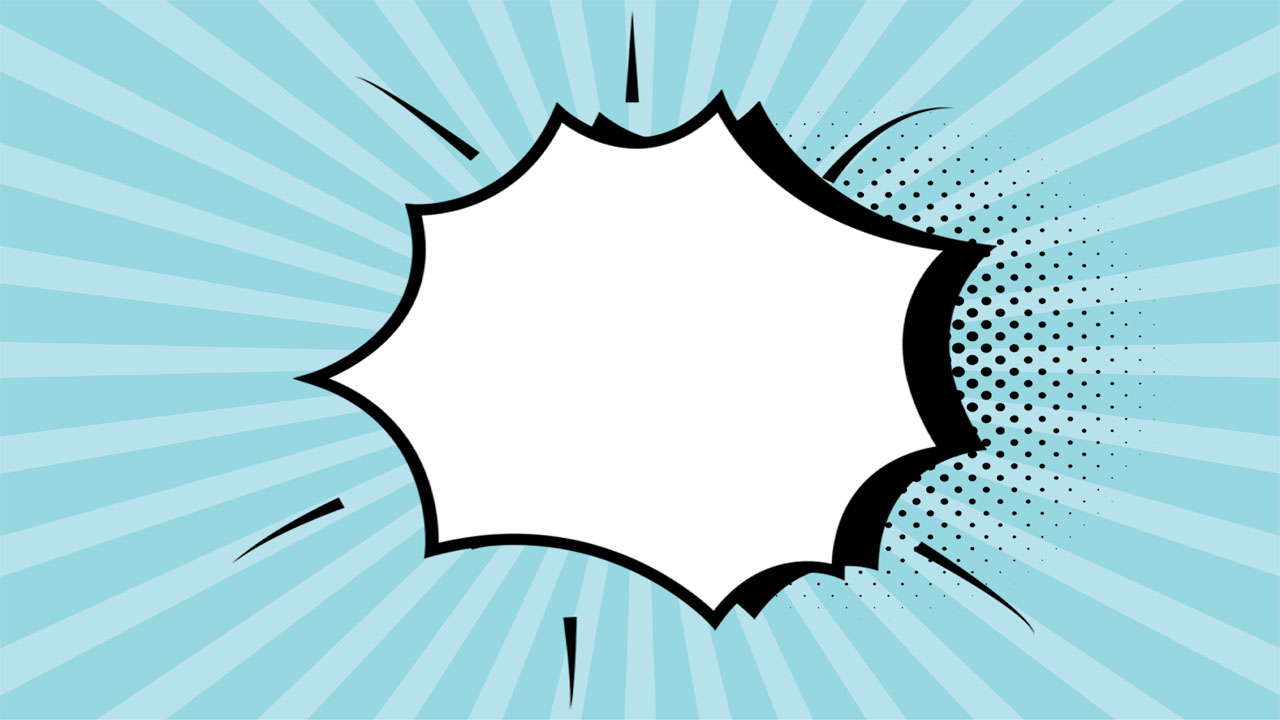
The USCO granted registration to a completely AI-generated comic narrative; the decision is still under review. So, while it’s still unclear how effective Art Recognition will be in preventing AI works from surpassing traditional art, it remains one method worth exploring to ensure ethical uses of AI technologies.
Will AI and a content creator be able to work together
The advent of AI-generated art has raised valid questions about creativity, originality, and ethics in the art world. AI tools can provide artists with a vast database of images to draw from and offer new possibilities for creating art.
Nonetheless, it’s essential to consider the ethical implications of AI-generated art and ensure that the line between inspiration and copying isn’t crossed. Human artists should lead the charge in reigning in the potential wildfire issue and help create sensible regulations that allow AI art to become an asset rather than a detriment. As the use of AI in art continues to evolve, it will be interesting to see how AI shapes the industry’s future.


